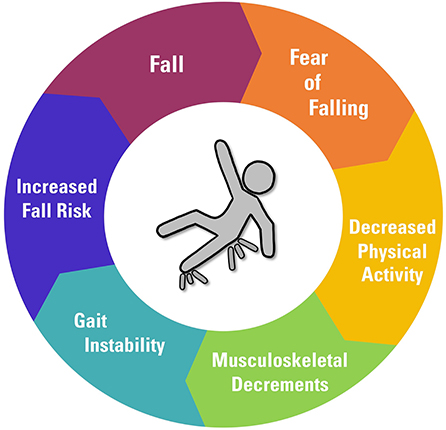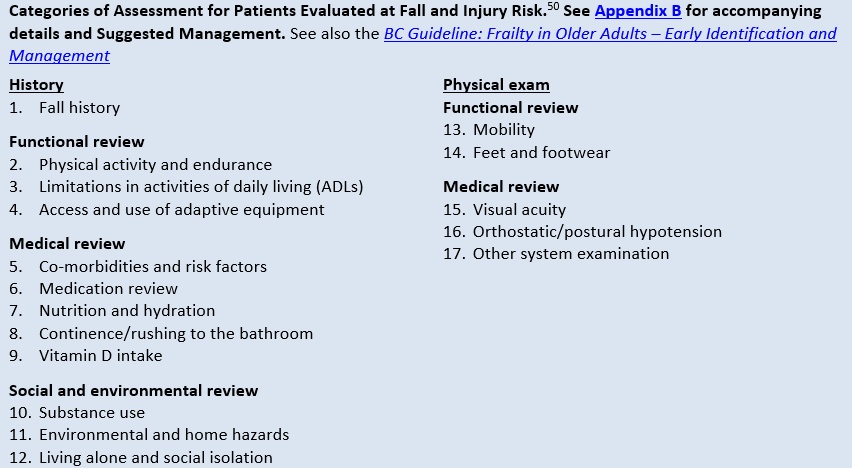Dementia Fall Risk Things To Know Before You Get This
Dementia Fall Risk Things To Know Before You Get This
Blog Article
Not known Facts About Dementia Fall Risk
Table of ContentsThe Basic Principles Of Dementia Fall Risk Dementia Fall Risk - An OverviewSome Ideas on Dementia Fall Risk You Should KnowDementia Fall Risk Can Be Fun For EveryoneThe 30-Second Trick For Dementia Fall Risk
The FRAT has 3 sections: drop threat status, threat factor checklist, and action plan. A Fall Danger Standing consists of information regarding history of recent falls, medicines, mental and cognitive status of the patient - Dementia Fall Risk.If the client ratings on a threat factor, the corresponding number of factors are counted to the patient's loss risk rating in package to the much right. If a client's loss threat rating amounts to 5 or greater, the individual goes to high threat for drops. If the client scores only four factors or reduced, they are still at some threat of dropping, and the registered nurse needs to utilize their finest professional analysis to take care of all autumn danger variables as component of an all natural treatment strategy.
These standard strategies, in basic, assist develop a secure atmosphere that minimizes accidental drops and defines core precautionary steps for all people. Indications are important for individuals at threat for falls. Medical care providers require to acknowledge who has the problem, for they are accountable for applying actions to advertise patient security and prevent drops.
Not known Details About Dementia Fall Risk
Wristbands ought to consist of the client's last and very first name, date of birth, and NHS number in the UK. Just red shade must be made use of to indicate special client condition.
Products that are also far might require the patient to connect or ambulate unnecessarily and can possibly be a danger or contribute to falls. Assists protect against the individual from heading out of bed with no assistance. Registered nurses respond to fallers' call lights quicker than they do to lights started by non-fallers.
Visual disability can significantly cause drops. Hip pads, when used appropriately, may lower a hip fracture when loss happens. Keeping the beds closer to the flooring lowers the risk of drops and severe injury. Placing the mattress on the flooring dramatically decreases autumn risk in some healthcare settings. Reduced beds are designed to lessen the range a patient drops after relocating out of bed.
Dementia Fall Risk Can Be Fun For Anyone
People that are tall and with weak leg muscular tissues that try to remain on the bed from a standing setting are most likely to drop onto the bed since it's too low for them to reduce themselves safely. Likewise, if a tall client attempts visit this page to get up from a low bed without support, the individual is most likely to fall back down onto the bed or miss the bed and fall onto the flooring.
They're developed to promote timely rescue, not to protect against drops from bed. Aside from bed alarm systems, boosted supervision for high-risk patients also may help prevent drops.

Patients with a shuffling stride increase loss opportunities significantly. To reduce autumn danger, shoes should be with a little to no heel, thin soles with slip-resistant tread, and support the ankle joints. Suggest client to utilize nonskid socks to stop the feet from moving upon standing. Urge patients to use ideal, well-fitting shoesnot nonskid socks for motion.
The 10-Second Trick For Dementia Fall Risk
In a research, homes with sufficient lighting report less falls (Ramulu et al., 2021). Enhancement in lights at home might decrease fall prices in older grownups.

Caretakers are effective for guaranteeing a safe, safeguarded, and secure environment. Nevertheless, researches showed really low-certainty proof that view publisher site caretakers minimize loss threat in intense treatment medical facilities and just moderate-certainty that alternatives like video clip surveillance can lower caretaker usage without increasing autumn danger, suggesting that sitters are not as useful as initially thought (Greely et al., 2020).
How Dementia Fall Risk can Save You Time, Stress, and Money.

Raised physical fitness decreases the risk for drops and limits injury that is received when autumn transpires. Land and water-based workout programs might be in a similar way helpful on balance and stride and therefore reduce the threat for drops. Water workout may add a positive advantage on balance and stride for ladies 65 years and older.
Chair Surge Exercise is a simple sit-to-stand workout that helps strengthen the muscular tissues in the thighs and butts and boosts wheelchair and self-reliance. The goal is to do Chair Increase workouts without utilizing hands as the customer becomes stronger. See sources section for a thorough direction on just how to perform Chair Surge exercise.
Report this page